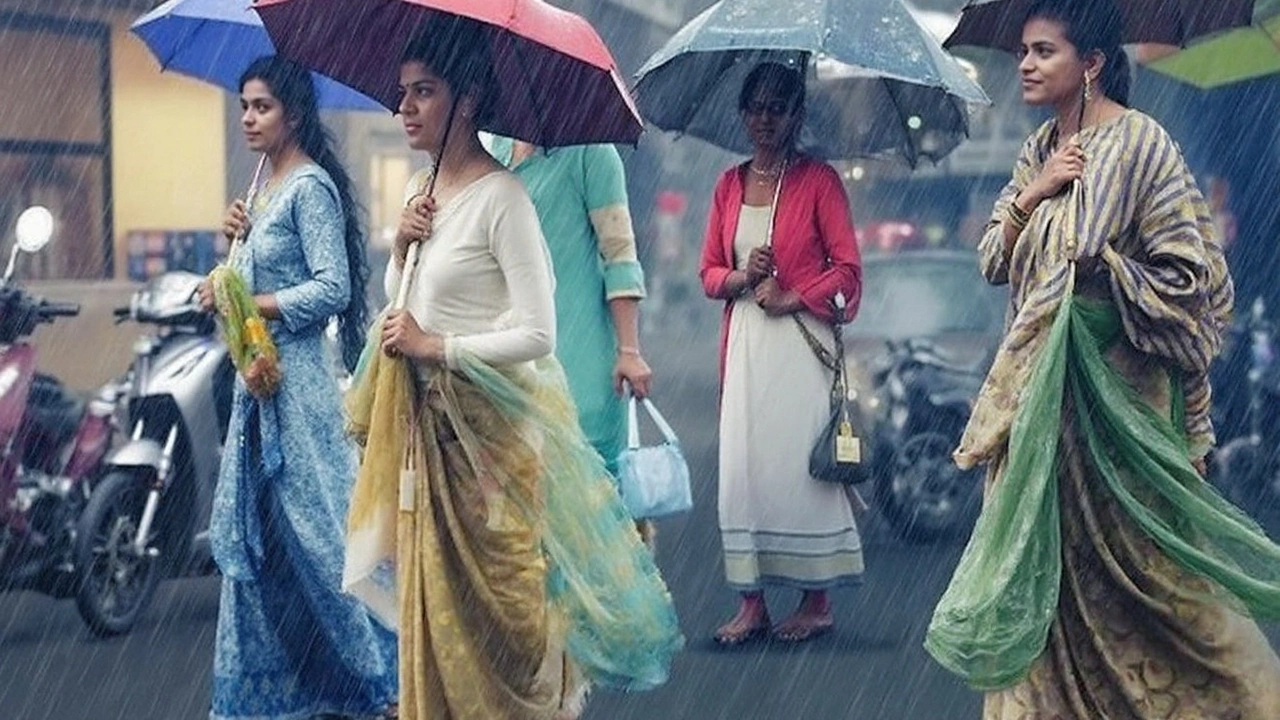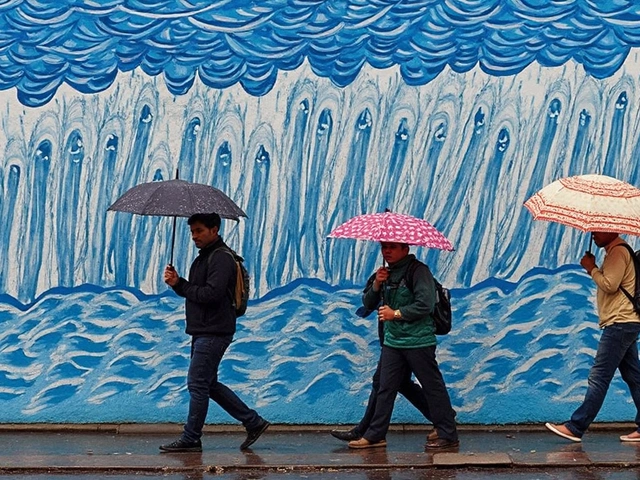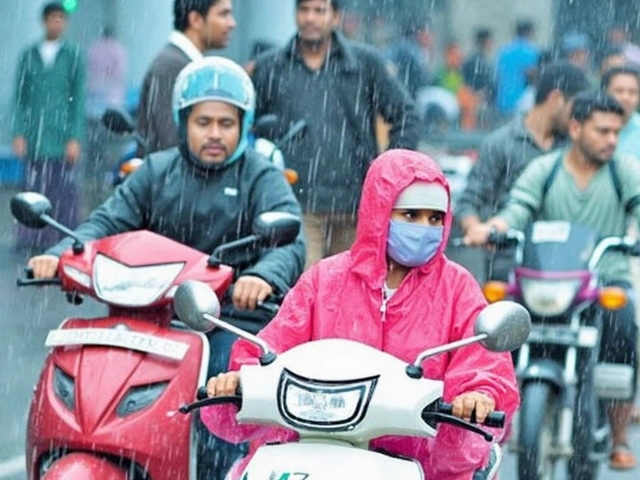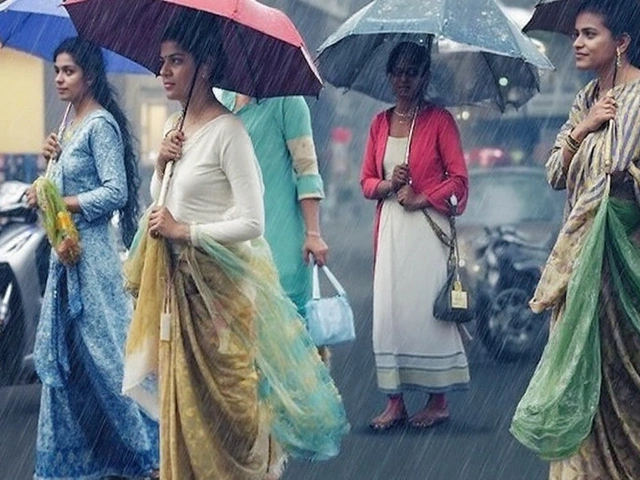Heavy Rains Trigger Orange Alert Across Uttarakhand, Haryana as Monsoon Intensifies

Widespread Orange and Red Alerts as Monsoon Conditions Escalate
The India Meteorological Department (IMD) isn't mincing words this week—its alerts paint a worrying picture. With the southwest monsoon picking up serious steam, over a dozen states, especially in north India, are staring down the barrel of heavy to extremely heavy rain. Uttarakhand is right at the center of it, facing both orange and red alerts across multiple districts, including Dehradun, Tehri, Pauri, Uttarkashi, and Bageshwar. For locals, that means a real risk of waterlogged streets, snarled traffic, power cuts, and more than a few nerves on edge.
But it's not just the rain. The IMD is warning of thunderstorms and lightning across all districts in Uttarakhand. That's why many authorities are telling folks to stay off the roads unless they absolutely have to go out. These orange alerts basically mean: expect the kind of weather that can shut down major roads, halt trains in their tracks, and knock out electricity for hours, maybe longer. Yellow alerts are also up—a kind of heads-up that things could go from bad to worse very fast.
What's causing all the chaos? It comes down to a stubborn low-pressure system parked over the Bay of Bengal—right between northwest India and coastal parts of Odisha and Andhra Pradesh. This system is pumping moisture into the monsoon belt, making already wet areas even wetter. It's not just Uttarakhand in the crosshairs. Jammu & Kashmir, Himachal Pradesh, Haryana, Chandigarh, Punjab, and parts of western Uttar Pradesh and eastern Rajasthan are all in for a drenching, mainly between August 14 and 20.
Disruptions, Flood Risk, and Ongoing Rescue Efforts
With so much rain falling in such a short span, emergency teams are busy. Uttarkashi district, hammered by cloudbursts last week, is a scene of frantic rescue and relief. Just by August 11, disaster response units had already airlifted around 20 stranded men, women, and children from dangerous spots like Dharali and Harsil. Others still stuck have had food and supplies delivered by crews going door to door, battling floodwaters and blocked roads.
The numbers tell the story, too. In some places, rainfall crossed the 21-centimeter mark in just 24 hours. That includes parts of Uttarakhand, but also regions like Bihar, Konkan, Goa, and coastal Andhra Pradesh. According to the IMD, the immediate risks go far beyond soggy shoes: expect waterlogging that can stall cars and buses, major traffic jams in cities, and higher chances of power cuts as trees and lines come down.
Other states bracing for more rain include Maharashtra, Delhi, Telangana, and areas of central India. Meanwhile, officials are urging everyone to stay updated, follow local advisories, and avoid unnecessary travel. The message is clear: this isn't a passing shower—conditions in many places are set to stay rough for several days, and only smart, cautious moves will keep people safe.


